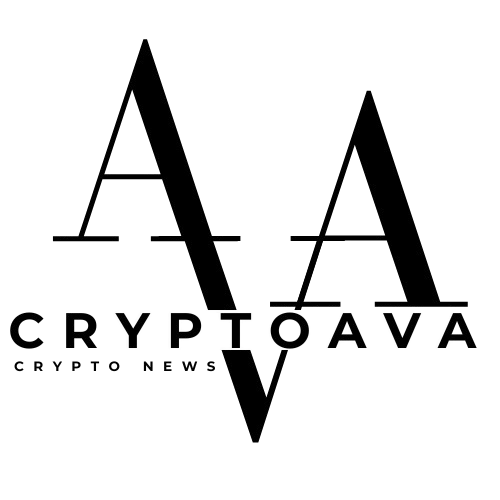Polymarket odds of a U.S. recession in 2025 surged from 22% to 52% on April 3, marking the sharpest single-day enhance in recession chance on the prediction market this 12 months.

The shift adopted the announcement of a sweeping new commerce coverage imposing a common 10% tariff on all imports and focused “reciprocal” tariffs of as much as 48% on items from 60 nations.
The coverage eliminates exemptions for classes sometimes protected against such measures, together with uncooked supplies, medical provides, and demanding industrial inputs.
In consequence, economists are elevating issues over a compounded financial influence throughout a number of vectors: rising enter prices, fragile provide chains, and declining shopper demand.
Within the close to time period, the tariffs introduce inflationary strain by price pass-through results on items resembling electronics, automotive components, and development supplies.
With core inflation already elevated and rates of interest remaining excessive, the added worth shocks might suppress actual disposable earnings and erode demand, notably throughout lower-income demographics.
Provide chain vulnerabilities are additionally magnified below the brand new regime. Lots of the focused imports lack home manufacturing capability, and speedy onshoring or nearshoring options stay structurally out of attain in 2025. This misalignment has intensified investor skepticism over the coverage’s feasibility and financial rationale.
Regardless of the administration’s framing round reindustrialization and strategic leverage, analysts have identified that the tariff figures used to justify the reciprocal framework seem inconsistent with World Commerce Group and World Financial institution knowledge.
That discrepancy has fueled questions concerning the credibility of the underlying assumptions, contributing to volatility in prediction markets like Polymarket.


